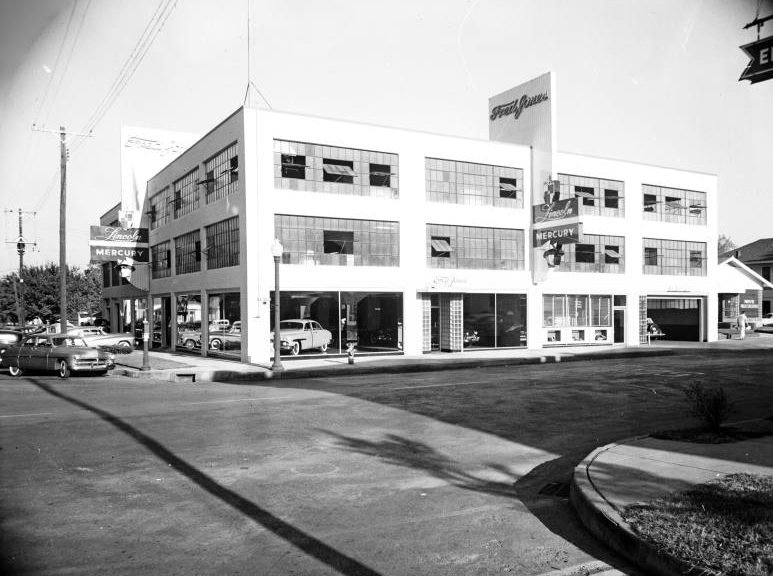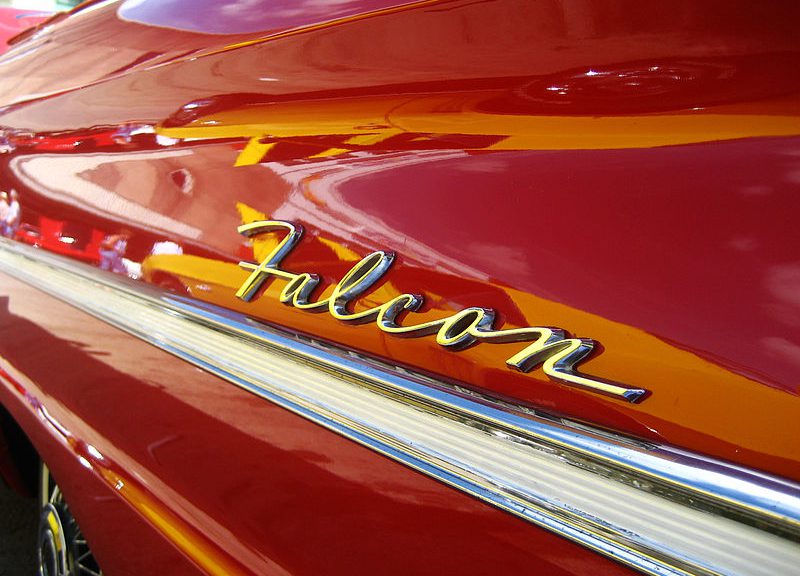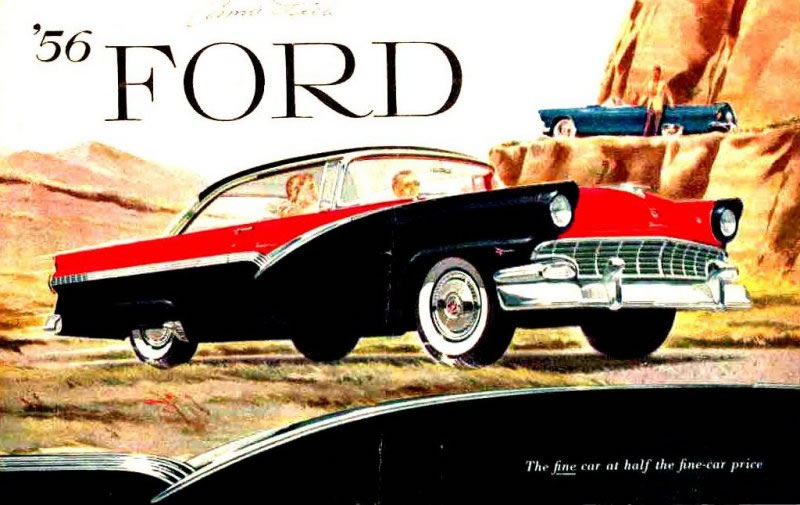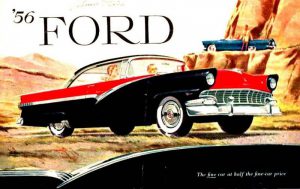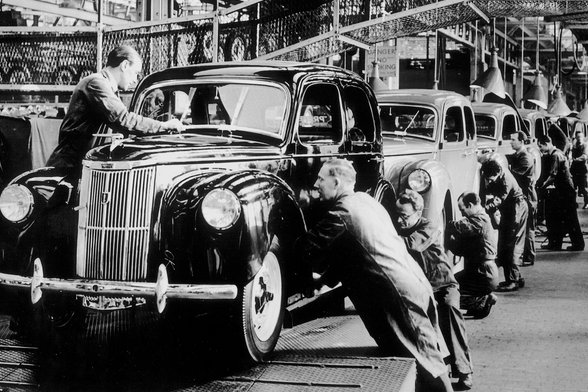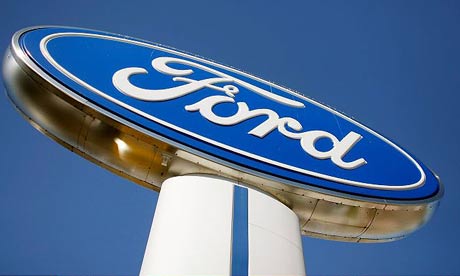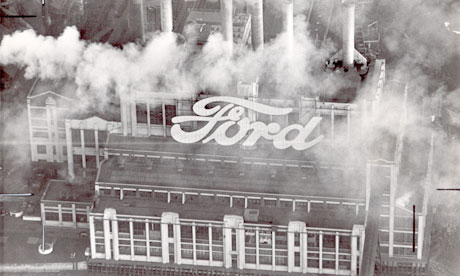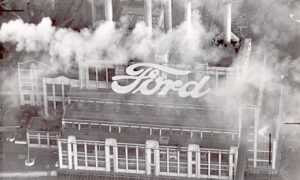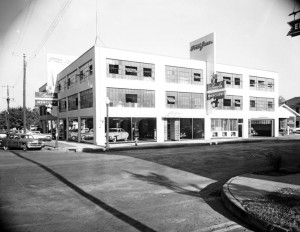 For Lee, the dealers are the ONLY CUSTOMER of Ford, not the end user of the automobile. Ford’s business model relied heavily on key partners such as dealers who were franchised out. Sales representatives, such as Iacocca, would directly interact with dealerships for that purpose. Making sure that the dealers felt needed as part of the team was very important. Bringing them in as part of the ‘head table’ was one thing other managers did not grasp at Ford. Iacocca knew that happy relations with the dealers = greater profits and responsiveness to demand. Dealers were the guts of the car business in the 20th century and were the quintessential entrepreneurs according to Lee.
For Lee, the dealers are the ONLY CUSTOMER of Ford, not the end user of the automobile. Ford’s business model relied heavily on key partners such as dealers who were franchised out. Sales representatives, such as Iacocca, would directly interact with dealerships for that purpose. Making sure that the dealers felt needed as part of the team was very important. Bringing them in as part of the ‘head table’ was one thing other managers did not grasp at Ford. Iacocca knew that happy relations with the dealers = greater profits and responsiveness to demand. Dealers were the guts of the car business in the 20th century and were the quintessential entrepreneurs according to Lee.
Since the dealerships manage the relationship with the customer, Iacocca had only a passing exposure to those interactions but a simple dealer sales tip to remember is that anybody who buys a car will rationalize the purchase for at least a few weeks, even if it was a mistake. Buyer’s remorse is always an issue when the product is a large purchase such as a home or automobile. One of Lee’s mentors was a sales guy who would phone a recent buyer 30 days after completing a sale and ask “how did your neighbours like your new car?” By asking about friends instead of directly asking about the car, the sales rep could get new leads + the customer will want to justify that it was still a smart buy in the face of social status.

